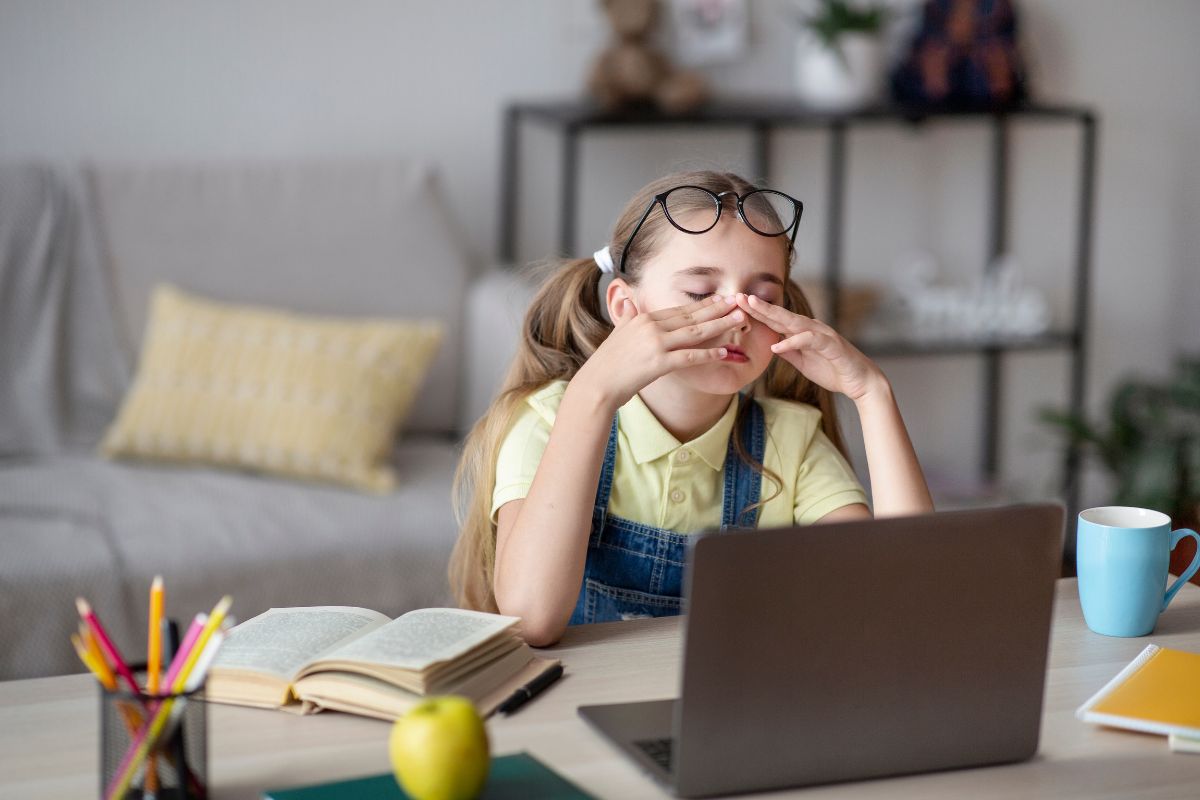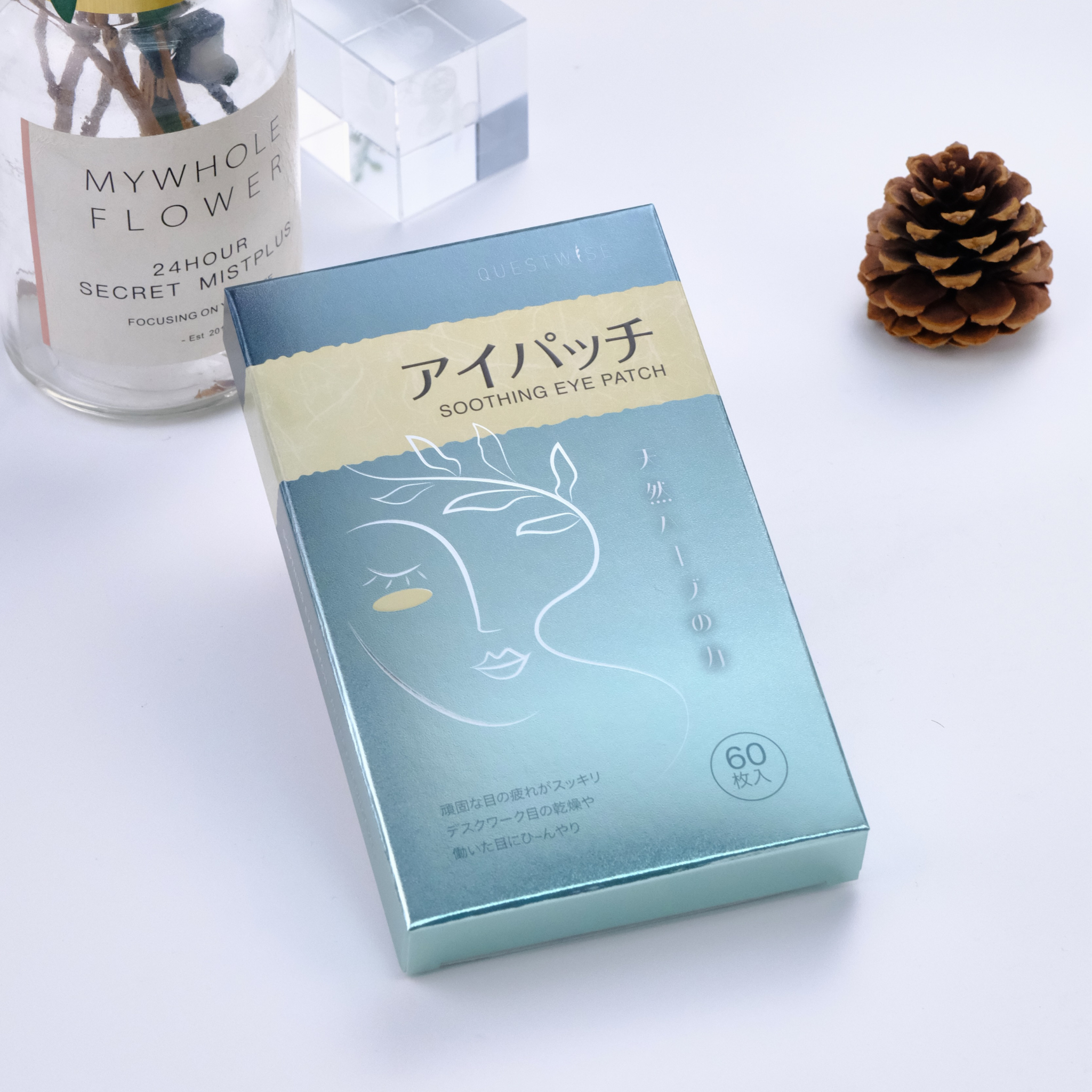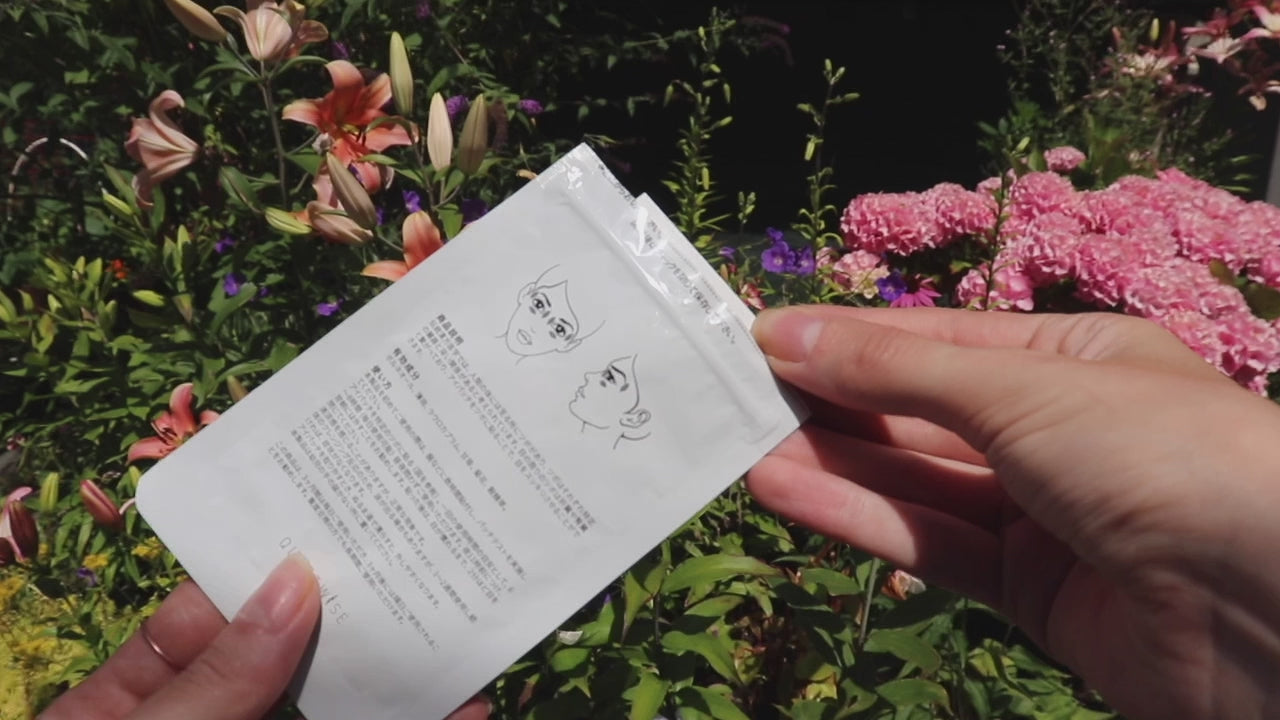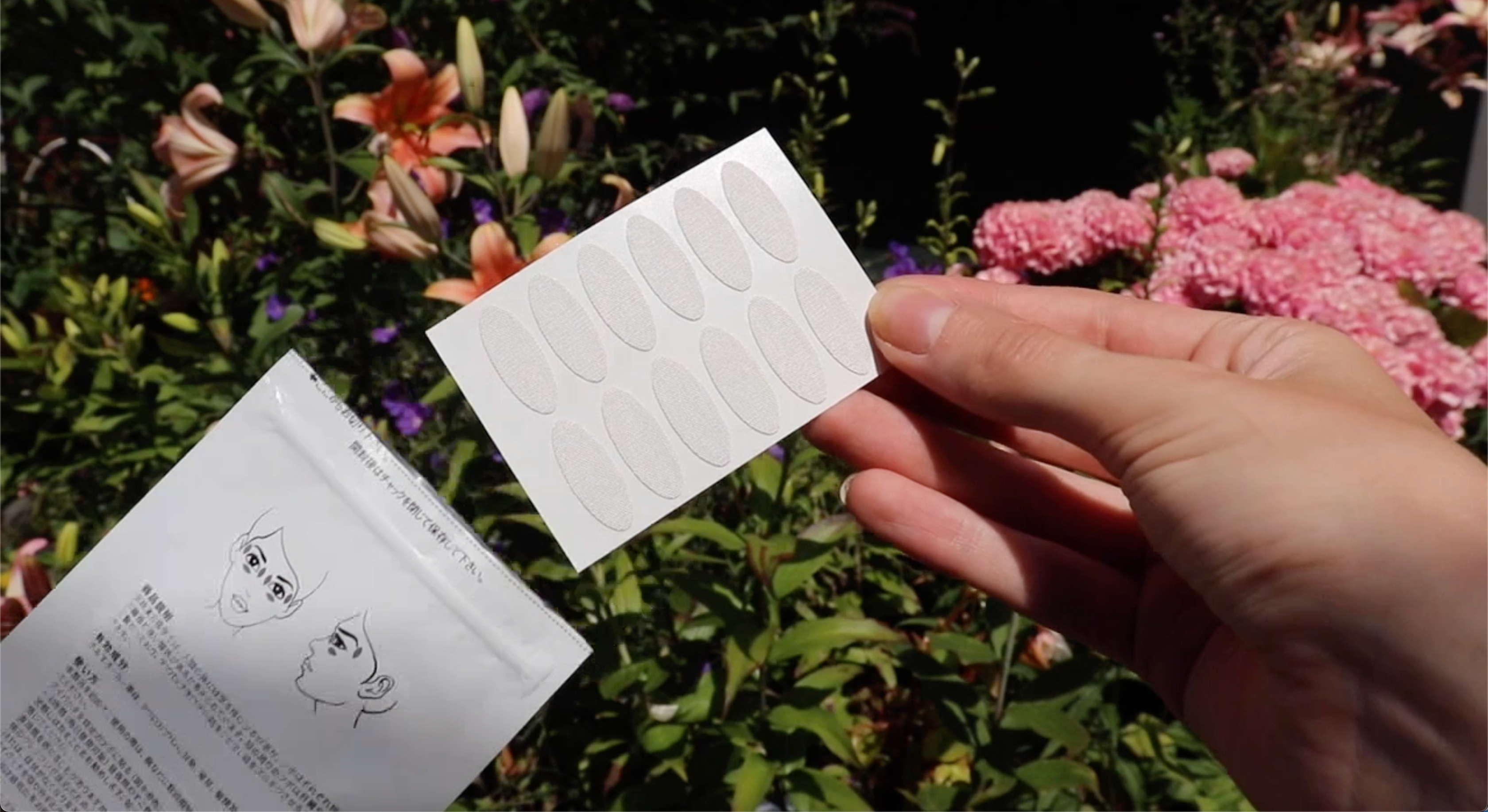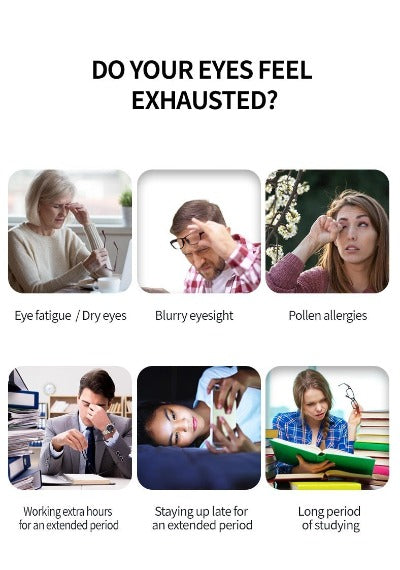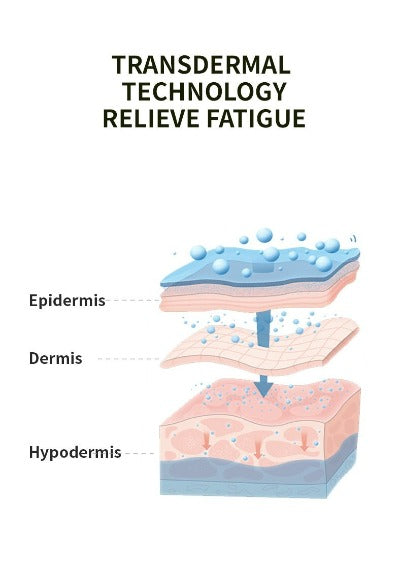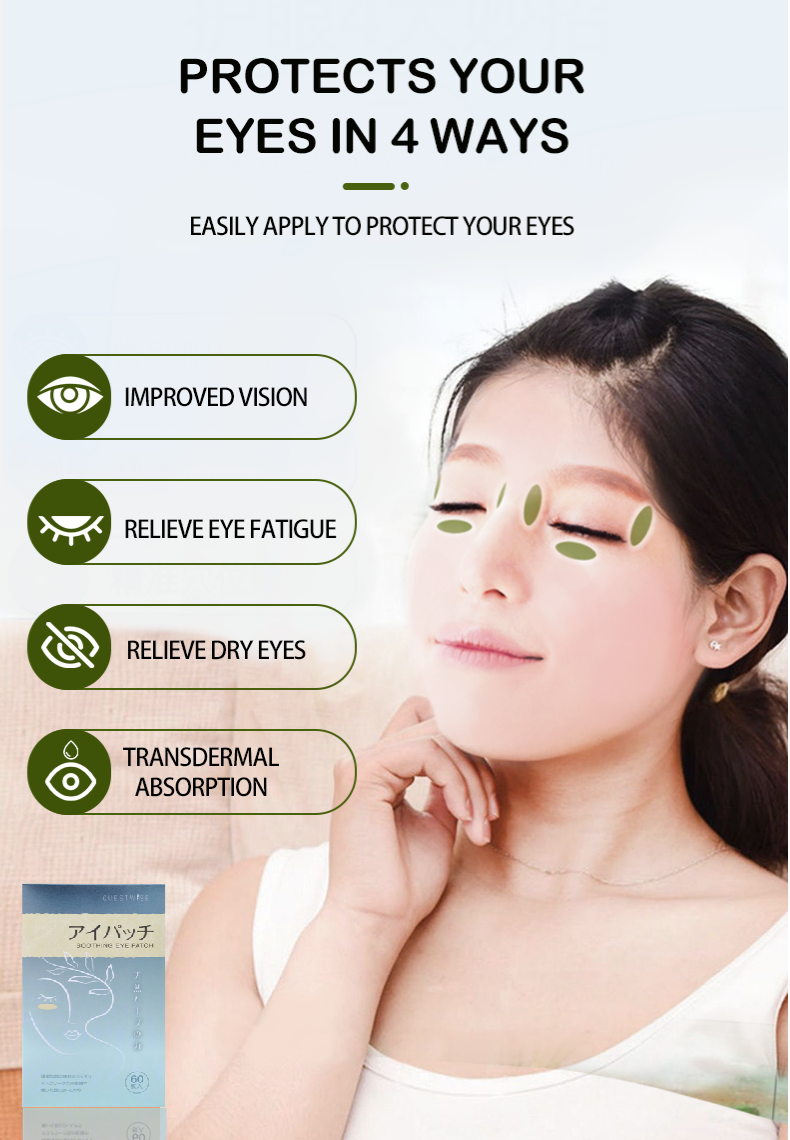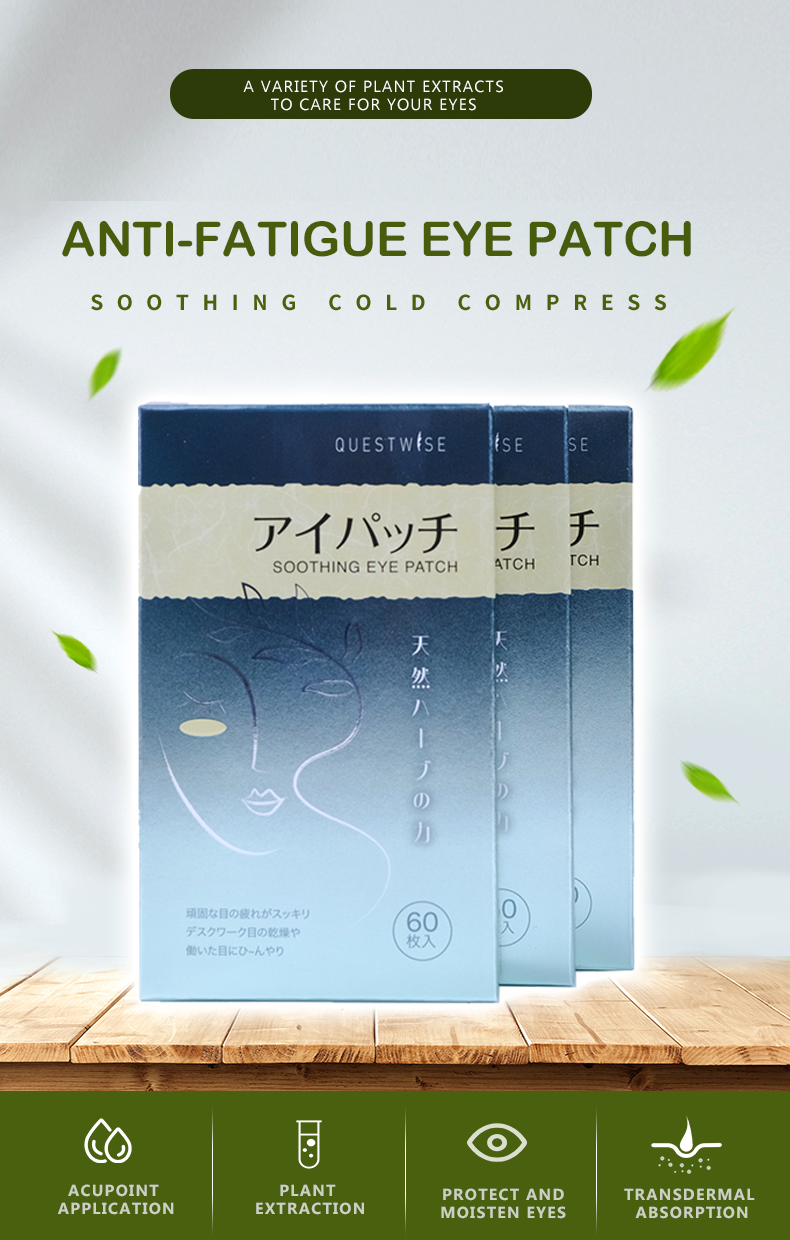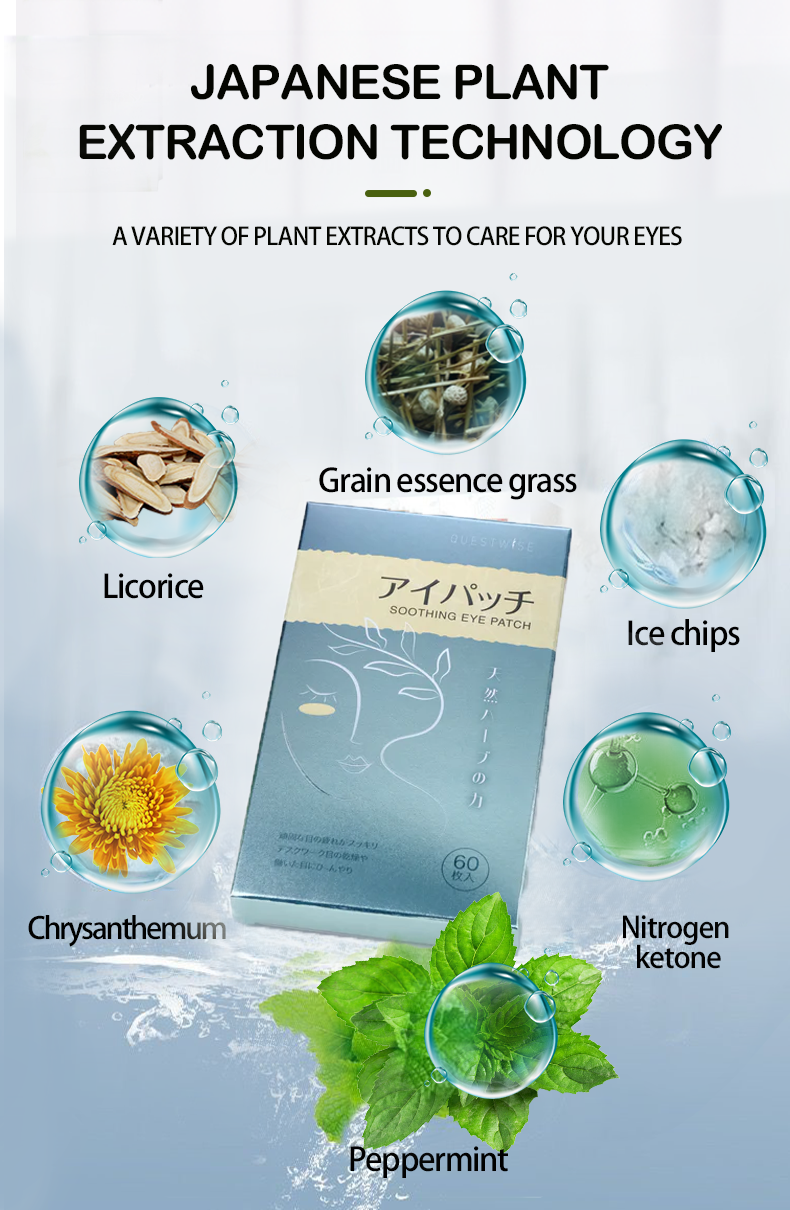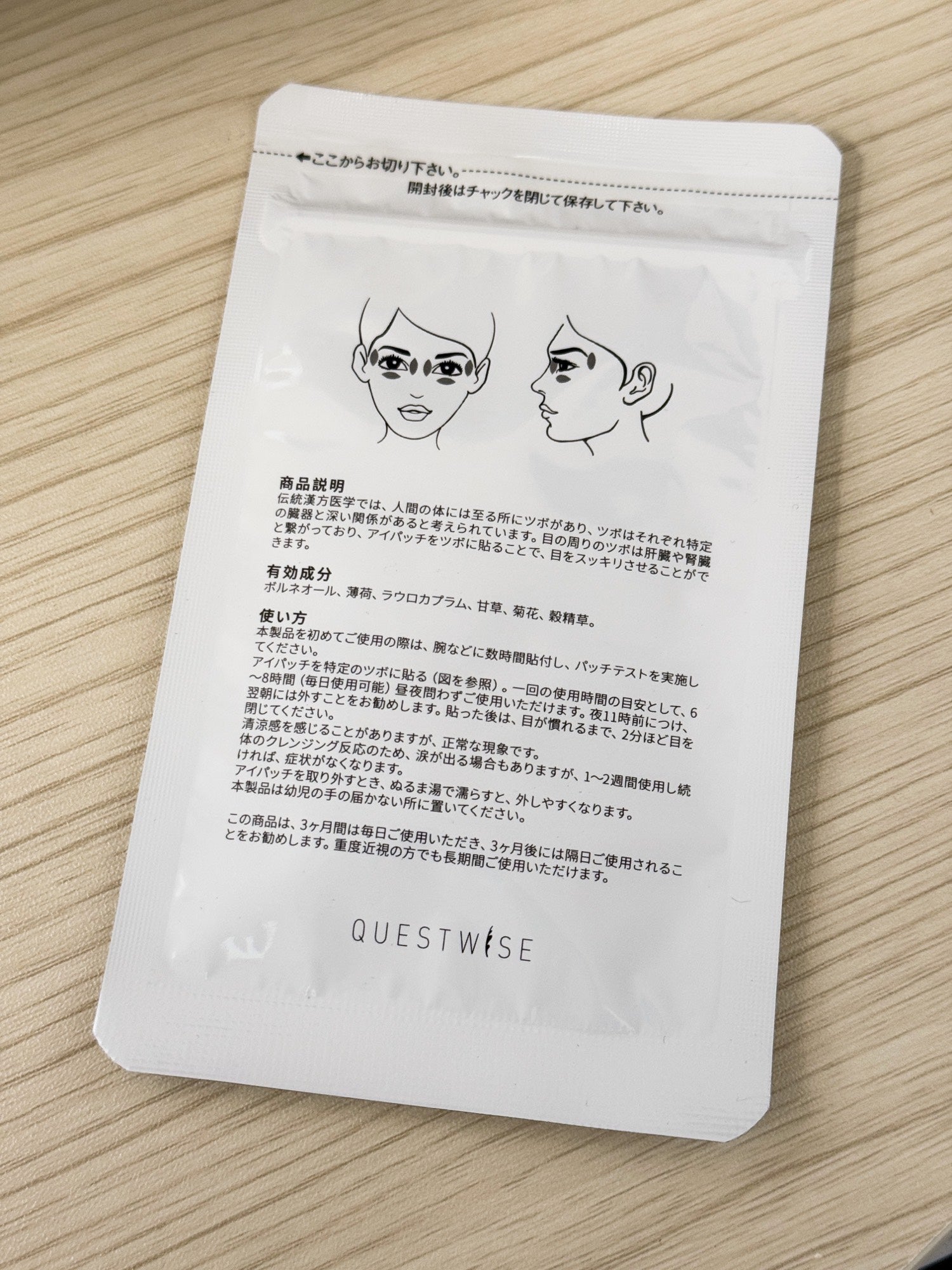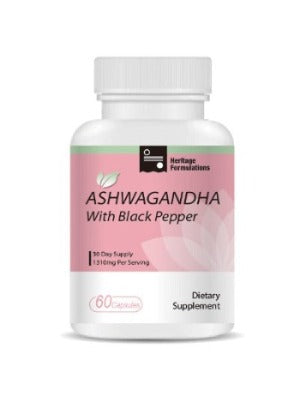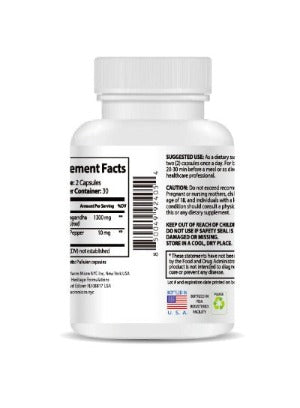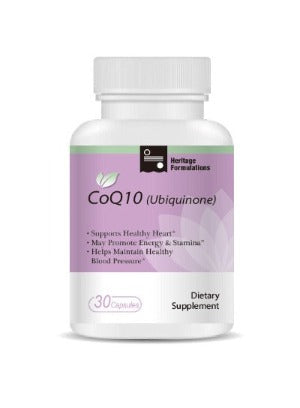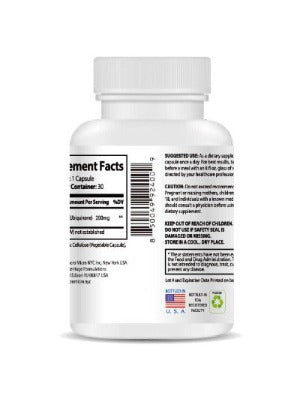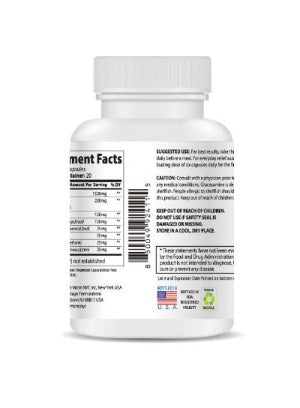Dry Eye Treatment for Kids: A Comprehensive Guide to Safe and Effective Relief in 2025
In 2025, the digital age has profoundly impacted children's lives, leading to a significant increase in cases of dry eye syndrome. The constant exposure to screens, coupled with environmental factors, has made dry eye a prevalent concern among youngsters. However, effective and safe dry eye treatment for kids is crucial to ensure their eye health and overall well-being. This comprehensive guide explores various strategies, from simple lifestyle adjustments to innovative products, to help your child manage and overcome dry eye symptoms. We'll delve into the causes, symptoms, and effective treatment options, empowering you to take proactive steps toward ensuring your child's ocular health.
Understanding Pediatric Dry Eye Syndrome: A Deeper Dive
Dry eye in children, also known as pediatric dry eye syndrome, isn't simply a miniature version of adult dry eye. While it shares similarities in symptoms like redness, itching, burning, a gritty sensation, and increased light sensitivity, the underlying causes and the way it manifests can be quite different. Young children, particularly toddlers and preschoolers, may struggle to articulate their discomfort, making diagnosis more challenging. Parents and caregivers need to be especially observant, looking for behavioral clues such as excessive eye rubbing, squinting, avoiding eye contact, or unusual fussiness. These subtle signs can be crucial in early detection.
The causes of pediatric dry eye are multifactorial and complex. Environmental factors play a significant role, with dry climates, air conditioning, and excessive screen time being major culprits. Spending hours engrossed in video games, tablets, or smartphones significantly reduces blink rate, leading to inadequate tear film replenishment and subsequent dryness. Allergies are another frequent contributor. Allergic conjunctivitis, often accompanied by itchy, watery eyes, can disrupt the delicate balance of the tear film, exacerbating dryness. Certain medical conditions, such as autoimmune diseases and certain medications, can also contribute to dry eye in children.
The Importance of Early Intervention: Preventing Long-Term Complications
Early diagnosis and treatment of pediatric dry eye are paramount to preventing potential long-term complications. Chronic dry eye, left untreated, can lead to a cascade of problems. The lack of sufficient lubrication can cause damage to the cornea, the transparent front part of the eye. This can result in blurry vision, discomfort, and even corneal ulcers in severe cases. The constant irritation can also interfere with a child's daily life, impacting their ability to concentrate in school, participate in sports and extracurricular activities, and even disrupt their sleep.
Moreover, the psychological impact of chronic dry eye shouldn't be underestimated. Persistent discomfort and visual impairment can affect a child's self-esteem, confidence, and overall well-being. Early intervention not only protects the eyes from potential damage but also ensures a child's comfort, allowing them to fully engage in life's activities without the burden of dry eye symptoms.
Safe and Effective Dry Eye Treatment Options for Children: A Multi-pronged Approach
The approach to dry eye treatment in children must prioritize safety and gentleness. Harsh chemicals and medications often used for adults might not be suitable for delicate young eyes. Thankfully, there are several safe and effective options available, ranging from simple lifestyle changes to innovative products. One effective and increasingly popular method involves the use of soothing eye patches. These patches provide a comforting and cooling sensation, reducing inflammation and dryness. They offer a non-invasive, drug-free method of relief.
A highly recommended product is the Wise Quest Soothing Eye Patches. These patches, infused with traditional Chinese herbal medicine, gently relieve eye fatigue, dryness, astringency, redness, and swelling. They promote healthy blood circulation, alleviating discomfort and supporting overall eye health. The gentle, soothing action of these patches makes them particularly suitable for children, offering relief without the harshness of chemical-based treatments.

Beyond Patches: A Holistic Approach to Dry Eye Management
While products like Wise Quest Soothing Eye Patches offer targeted relief, a holistic approach is often more effective in managing pediatric dry eye. This involves combining product usage with lifestyle modifications, creating a synergistic effect that maximizes comfort and promotes long-term eye health.
Lifestyle Adjustments for Dry Eye Relief: A Detailed Guide
- Controlled Screen Time: The 20-20-20 Rule and Beyond: Implement strict limits on screen time, particularly before bed. Encourage frequent breaks, adhering to the 20-20-20 rule (every 20 minutes, look at something 20 feet away for 20 seconds). Consider screen-free zones and times to allow the eyes to rest and recover. Explain the importance of this to your child to ensure better adherence.
- Hydration: The Foundation of Eye Health: Ensure your child drinks plenty of water throughout the day. Dehydration significantly impacts tear production, exacerbating dryness. Offer water regularly and make it a part of their daily routine.
- Balanced Nutrition: Fueling Healthy Eyes: A diet rich in omega-3 fatty acids (found in fatty fish, flaxseeds, and walnuts), antioxidants (from colorful fruits and vegetables), and vitamins A and C is essential. These nutrients support tear film production and overall eye health. Incorporate these foods into your child's meals and snacks.
- Environmental Control: Creating a Comfort Zone: Use humidifiers, especially in dry climates or during winter months. Avoid exposure to harsh winds, smoke, or pollutants. Consider air purifiers to filter out airborne irritants. In drier climates, create a humidified environment when your child plays or studies.
- Eye Hygiene: Preventing Infections: Teach children the importance of proper handwashing to prevent eye infections, which can worsen dry eye symptoms. Emphasize the need to avoid rubbing their eyes.
- Regular Eye Exams: Proactive Monitoring: Schedule regular check-ups with an ophthalmologist or optometrist to monitor eye health and address any concerns promptly. Early detection allows for early intervention and prevents long-term issues.
Addressing Specific Concerns: Tailoring Treatment Plans
Certain factors can significantly impact the severity of dry eye. Allergies, for instance, are a frequent culprit. Allergic conjunctivitis, often accompanied by itchy, watery eyes, can disrupt the delicate balance of the tear film, exacerbating dryness. If allergies are suspected, consult an allergist to develop an appropriate management plan, which may include allergy testing, medication, or immunotherapy.
In addition, certain medications can contribute to dry eye as a side effect. Some common medications, such as antihistamines and decongestants, can reduce tear production. Discuss any concerns about medications with your child's doctor. They can assess the potential impact on your child's eye health and help explore alternative medications or treatment strategies.
When to Seek Professional Medical Attention: Knowing When to Seek Help
While many cases of dry eye can be managed effectively with home remedies and lifestyle changes, it's essential to seek professional medical attention under certain circumstances. Consult an ophthalmologist or pediatrician immediately if:
- Symptoms are severe or persistent despite home treatment.
- Your child experiences significant vision impairment or blurry vision.
- There are signs of infection or inflammation, such as pus or increased redness.
- Your child's dry eye symptoms are accompanied by other concerning symptoms, such as pain, excessive tearing, or sensitivity to light.
- Your child's symptoms do not improve after several weeks of home management.
Conclusion: A Partnership for Healthy Eyes
Dry eye in children is a manageable condition with the right approach. By combining the use of effective products like Wise Quest Soothing Eye Patches with proactive lifestyle adjustments, regular eye exams, and a vigilant approach to identifying and addressing underlying causes, you can safeguard your child's eye health and ensure they enjoy clear, comfortable vision. Remember, early intervention and a comprehensive, multi-pronged approach are key to long-term success. Don't hesitate to reach out to a healthcare professional if you have any concerns about your child's eye health. Your partnership with healthcare providers and proactive efforts at home are crucial to ensuring their bright and healthy future.

